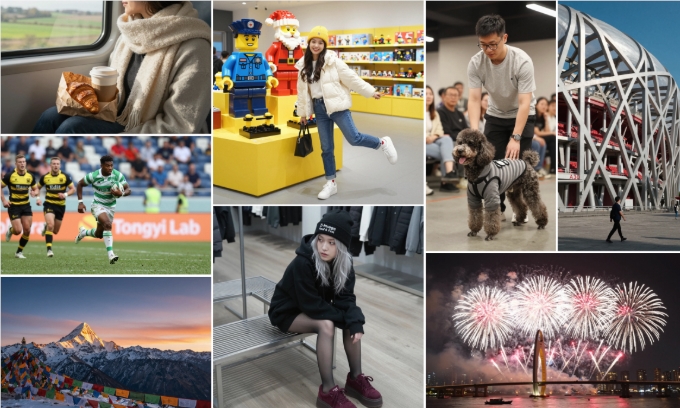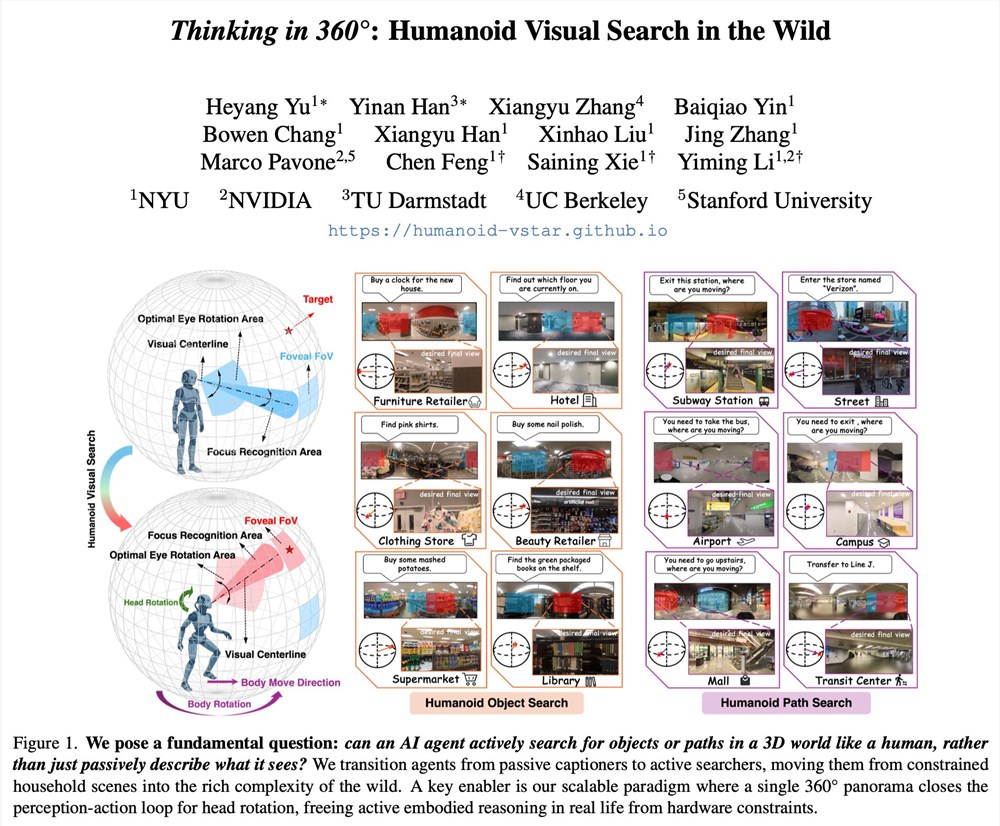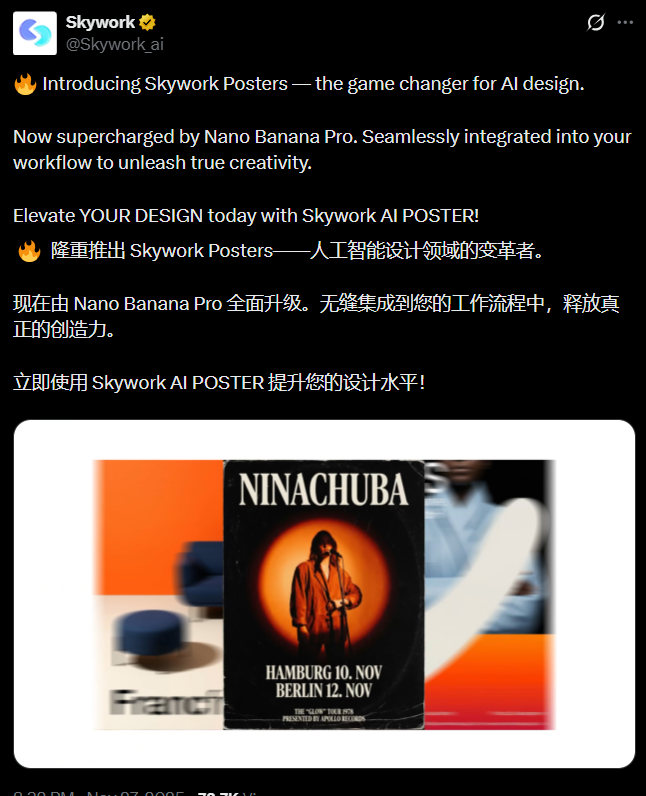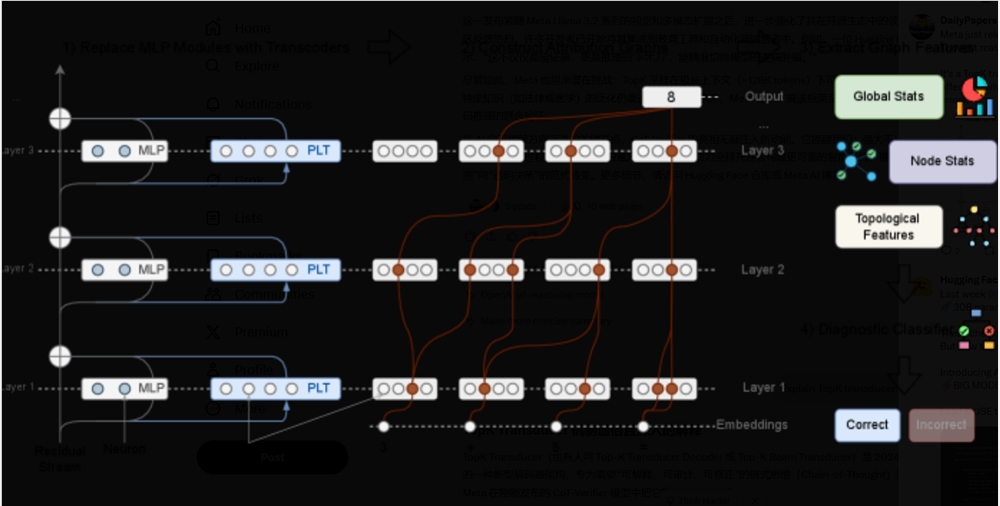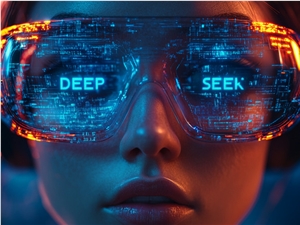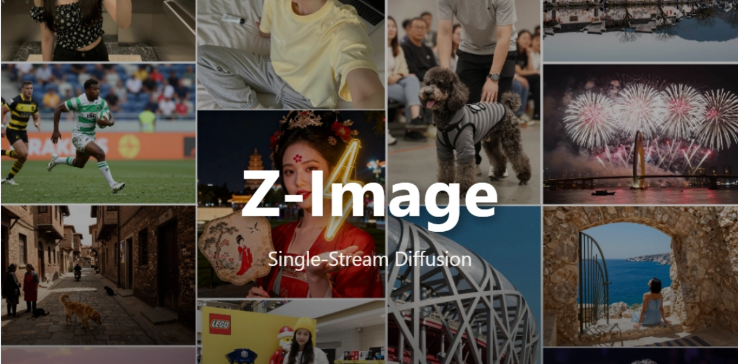Recently, an end-to-end OCR model named GOT-OCR2.0 has garnered significant attention in the industry. This model is not only capable of handling conventional text recognition tasks but also adept at dealing with complex content such as formulas, tables, and musical scores, making it a versatile player in the OCR field.
The core advantage of GOT-OCR2.0 lies in its diverse functionalities and exceptional performance. Firstly, the model primarily supports Chinese and English character recognition, and through further fine-tuning, it can be extended to more languages. This language adaptability gives GOT-OCR2.0 a significant edge in international applications.
In practical application scenarios, GOT-OCR2.0 has demonstrated strong adaptability. Whether it's text in natural scenes like street signs and billboards, or complex documents containing tables and formulas, the model can handle them with ease. Notably, GOT-OCR2.0 supports direct conversion of optical documents into formats like Markdown and Latex, preserving the original layout and format, which significantly enhances document processing efficiency.
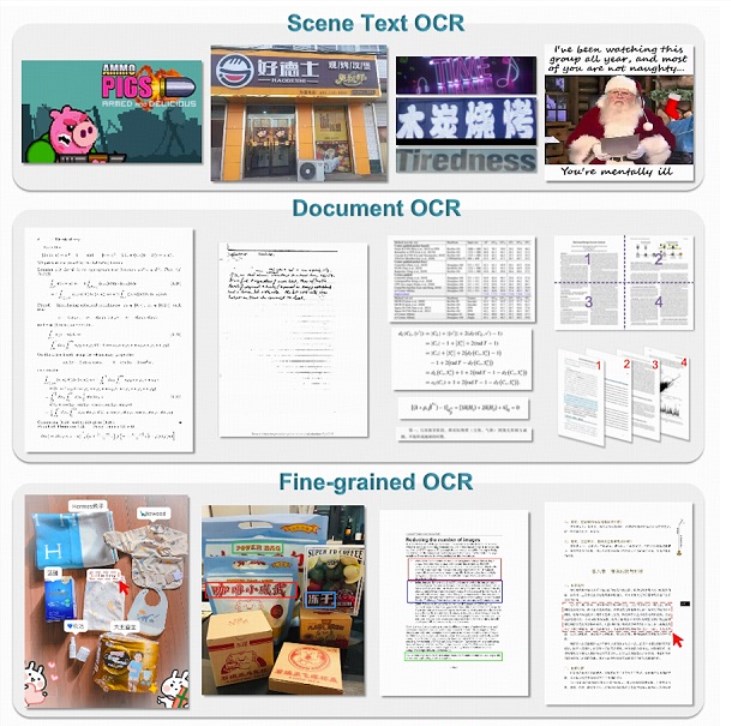
To cope with various complex situations, GOT-OCR2.0 employs dynamic resolution technology. This means that even when faced with ultra-high-resolution images, such as large posters or stitched PDF pages, the model maintains recognition accuracy. Additionally, GOT-OCR2.0 supports batch processing of multi-page documents, greatly improving processing efficiency, especially suitable for handling lengthy PDF files or OCR tasks with multiple images.
Beyond basic text recognition, GOT-OCR2.0 also excels in handling complex structures. It can identify and process mathematical formulas, chemical molecular formulas, tables, charts, etc., in documents and convert them into editable formats like LaTex or Python dictionary format. This feature significantly expands the application scope of OCR technology, providing powerful tool support for researchers and professionals.
Another highlight of GOT-OCR2.0 is its interactive OCR processing capability. Users can specify specific areas of the image for recognition by inputting coordinates or color cues. This flexibility makes the model particularly suitable for handling local recognition tasks in complex images or documents, offering users more refined control options.
In various OCR tasks, GOT-OCR2.0 has demonstrated outstanding performance. Whether it's document OCR, formatted document OCR, scene text recognition, or fine-grained interactive OCR tasks, the model can handle them with ease. Especially when dealing with unconventional tasks like musical scores and geometric shapes, GOT-OCR2.0's performance is even more impressive.
Overall, GOT-OCR2.0 represents the latest direction in OCR technology. It not only maintains a high standard in traditional text recognition but also achieves breakthroughs in complex content processing, formatted output, and multilingual support. The emergence of this model is undoubtedly set to bring revolutionary changes to document processing, information extraction, academic research, and other fields, providing users with more efficient and accurate text recognition solutions.
As the digitalization process continues to advance, advanced OCR tools like GOT-OCR2.0 will play an increasingly important role in various industries. Whether it's enterprise document management, academic research data extraction, or information acquisition in daily life, GOT-OCR2.0 is poised to become an indispensable assistant, driving the application of OCR technology in broader areas.
Project link: https://github.com/Ucas-HaoranWei/GOT-OCR2.0

